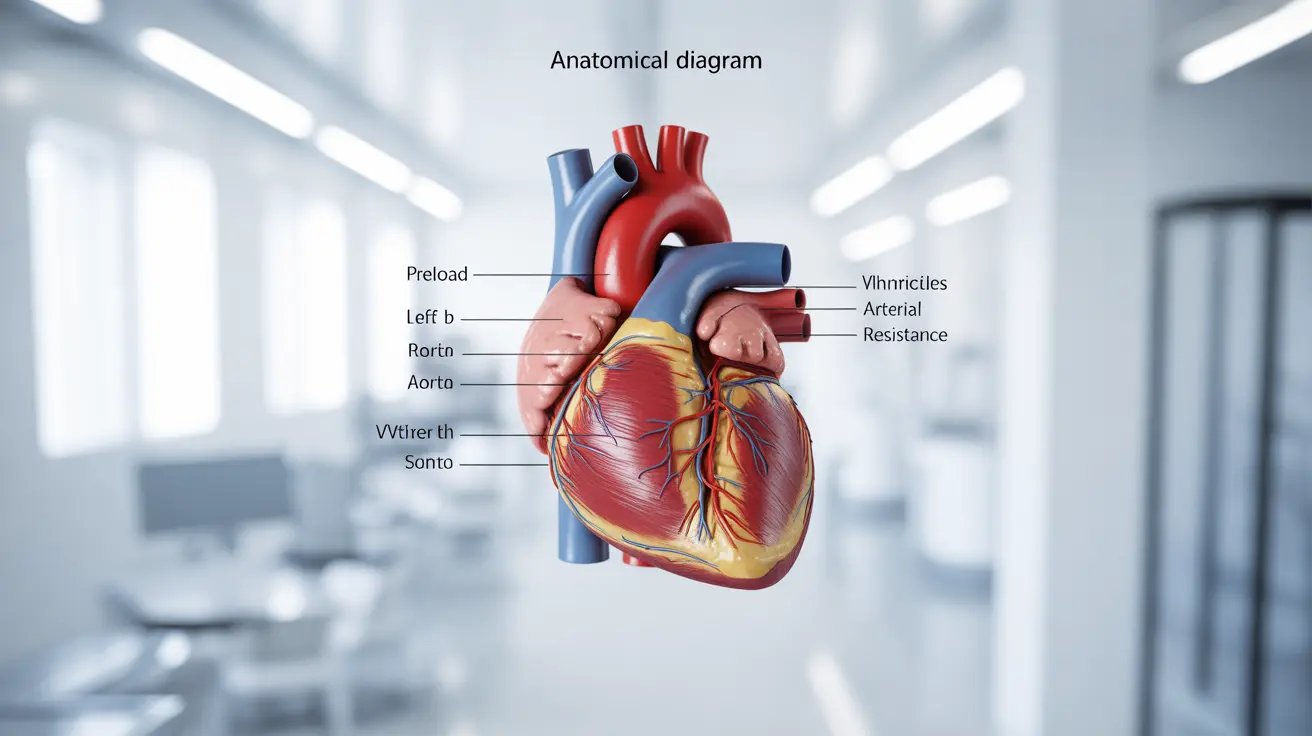The human mind is a complex and fascinating realm, capable of experiencing a wide range of mental states. Among these, altered states of consciousness (ASC) stand out as particularly intriguing phenomena that can profoundly impact our perception, cognition, and overall well-being. This article delves into the world of altered states, exploring their causes, significance, and potential benefits in the context of personal growth and healing.
Understanding altered states of consciousness is not just a matter of scientific curiosity; it has important implications for mental health, spiritual practices, and even medical treatments. As we navigate through the various aspects of ASC, we'll uncover how these experiences can serve as gateways to self-discovery and holistic healing, particularly when integrated with practices like yoga and energy balancing techniques.
What Are Altered States of Consciousness?
Altered states of consciousness refer to conditions where an individual's mental state differs significantly from their normal waking consciousness. These states can range from mild shifts in perception to profound changes in how one experiences reality. Common examples include dreaming, meditation-induced states, and even certain drug-induced experiences.
It's important to note that altered states are not inherently positive or negative; their impact depends on the context, the individual's preparation, and how the experience is integrated into one's life. While some altered states can be disorienting or distressing, others may lead to insights, creativity, or a sense of connection with something greater than oneself.
Characteristics of Altered States
Altered states of consciousness typically involve changes in:
- Perception of time and space
- Sense of self and identity
- Emotional intensity or quality
- Cognitive functioning
- Sensory experiences
These changes can be subtle or dramatic, temporary or long-lasting, depending on the nature and cause of the altered state.
Causes and Triggers of Altered States
Various factors can induce an altered state of mind. Understanding these triggers is crucial for recognizing and potentially harnessing the power of altered states for personal growth or therapeutic purposes.
Physiological Triggers
- Sleep deprivation or disruption
- Fasting or dietary changes
- Intense physical exertion
- Certain medical conditions or brain injuries
Psychological and Emotional Triggers
- Stress or trauma
- Intense emotions (e.g., euphoria, grief)
- Sensory deprivation or overload
- Hypnosis or guided imagery
Intentional Practices
- Meditation and mindfulness techniques
- Yoga and breathwork
- Ritualistic or spiritual practices
- Certain types of therapy (e.g., holotropic breathwork)
External Substances
- Psychoactive drugs (both medicinal and recreational)
- Certain plant-based substances used in traditional practices
- Alcohol and other mood-altering substances
The Role of Altered States in Healing and Personal Growth
While altered states of consciousness can occur spontaneously or unintentionally, many traditions and therapeutic approaches deliberately induce or work with these states for healing and personal development. The potential benefits of exploring altered states in a controlled and supportive environment include:
- Gaining new perspectives on personal issues
- Enhancing creativity and problem-solving abilities
- Facilitating emotional release and processing
- Deepening spiritual or existential understanding
- Supporting recovery from trauma or addiction
However, it's crucial to approach the exploration of altered states with caution and preferably under the guidance of experienced professionals, especially when dealing with intense or potentially destabilizing experiences.
Yoga and Energy Balance: Pathways to Altered States and Healing
Yoga and energy balancing practices offer structured approaches to exploring altered states of consciousness safely. These ancient traditions view the mind-body connection as integral to overall health and provide techniques for harmonizing one's internal energies.
Yoga's Approach to Consciousness
In the yogic tradition, altered states are seen as stepping stones towards higher states of consciousness. Through practices like meditation, pranayama (breathwork), and asana (physical postures), yoga aims to gradually refine one's awareness, leading to states of deep inner peace and potentially to experiences of unity consciousness.
Energy Balance and Healing
Many holistic healing modalities work with the concept of subtle energy or life force (known as prana in yoga, qi in Traditional Chinese Medicine). These practices suggest that balancing and optimizing the flow of energy through the body can promote physical health, emotional well-being, and facilitate access to altered states that support healing and personal transformation.
Integrating Altered States into Holistic Healing
The journey towards true healing often involves more than just addressing physical symptoms. Integrating experiences from altered states of consciousness into one's everyday life can be a powerful component of holistic healing approaches. This integration may involve:
- Reflecting on insights gained during altered states
- Applying new perspectives to daily challenges
- Incorporating energy balancing practices into regular routines
- Working with a therapist or guide to process and make meaning of altered state experiences
By thoughtfully incorporating altered states into a broader healing framework, individuals may find new pathways to wellness that address the interconnected aspects of body, mind, and spirit.
Frequently Asked Questions
What causes an altered state of consciousness and how can I recognize it?
Altered states of consciousness can be caused by various factors including meditation, sleep deprivation, intense emotions, certain drugs, or trauma. You can recognize an altered state by noticing significant changes in your perception, thought processes, sense of time, or self-awareness that differ from your normal waking state.
How does yoga help achieve balance between the body, mind, and consciousness for healing?
Yoga promotes balance by integrating physical postures (asanas), breathing techniques (pranayama), and meditation practices. This holistic approach helps align the body's energy systems, calm the mind, and cultivate deeper awareness, creating a foundation for healing on multiple levels.
What are the differences between curing an illness and true holistic healing?
Curing typically focuses on eliminating specific symptoms or diseases, while holistic healing addresses the whole person—body, mind, and spirit. Holistic healing aims to restore overall balance and well-being, potentially leading to long-term health improvements beyond just the resolution of physical symptoms.
How can energy balance practices like meditation support recovery from trauma or illness?
Energy balance practices can help regulate the nervous system, reduce stress, and promote relaxation. For trauma or illness recovery, these practices may support the body's natural healing processes, improve emotional resilience, and provide a sense of empowerment and connection to one's inner resources.
What role do altered states of consciousness play in spiritual growth and self-discovery?
Altered states can provide unique perspectives on one's life, beliefs, and sense of self. They often facilitate deep introspection, emotional release, and experiences of interconnectedness. For many, these states offer glimpses into broader realities or spiritual dimensions, catalyzing personal growth and expanding one's understanding of consciousness itself.




